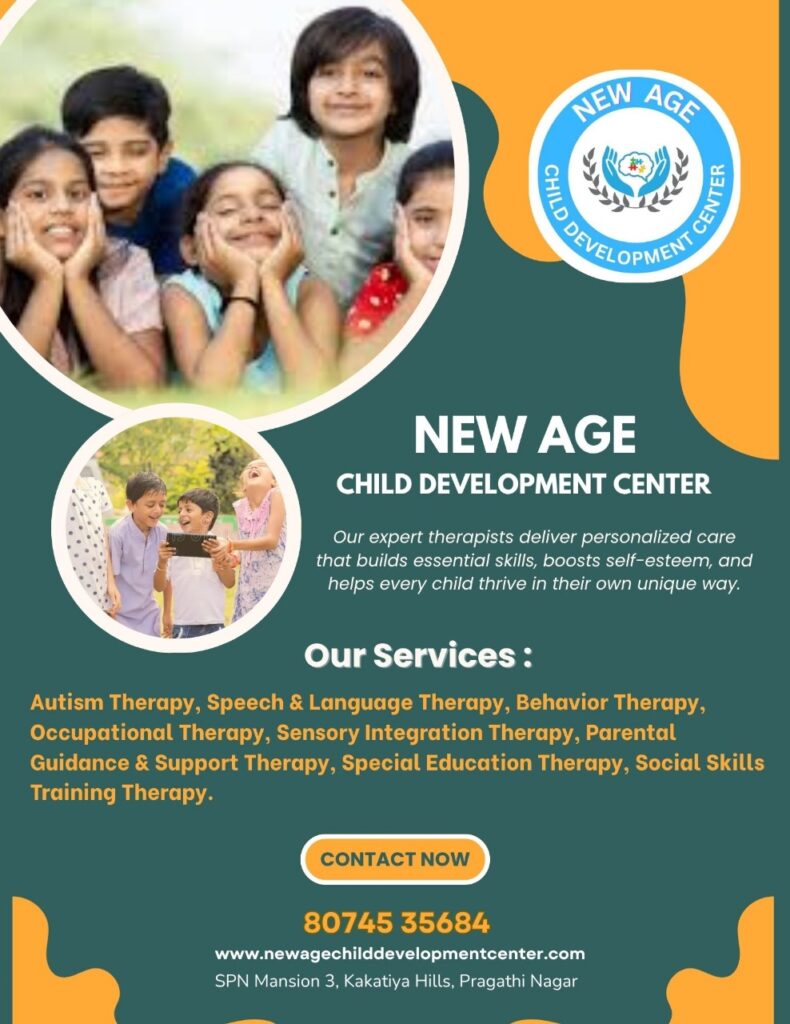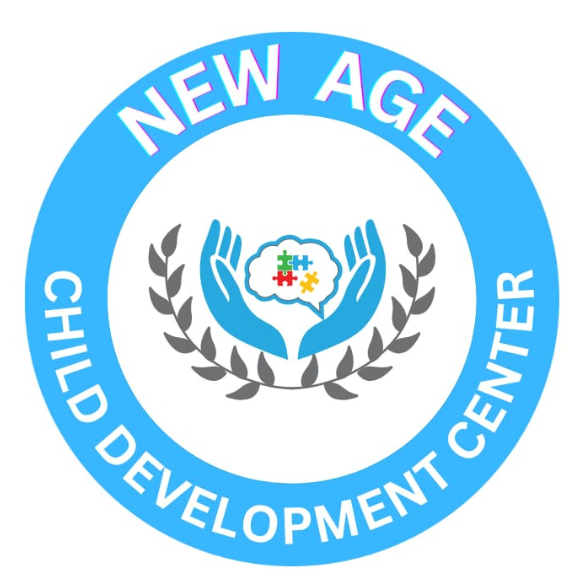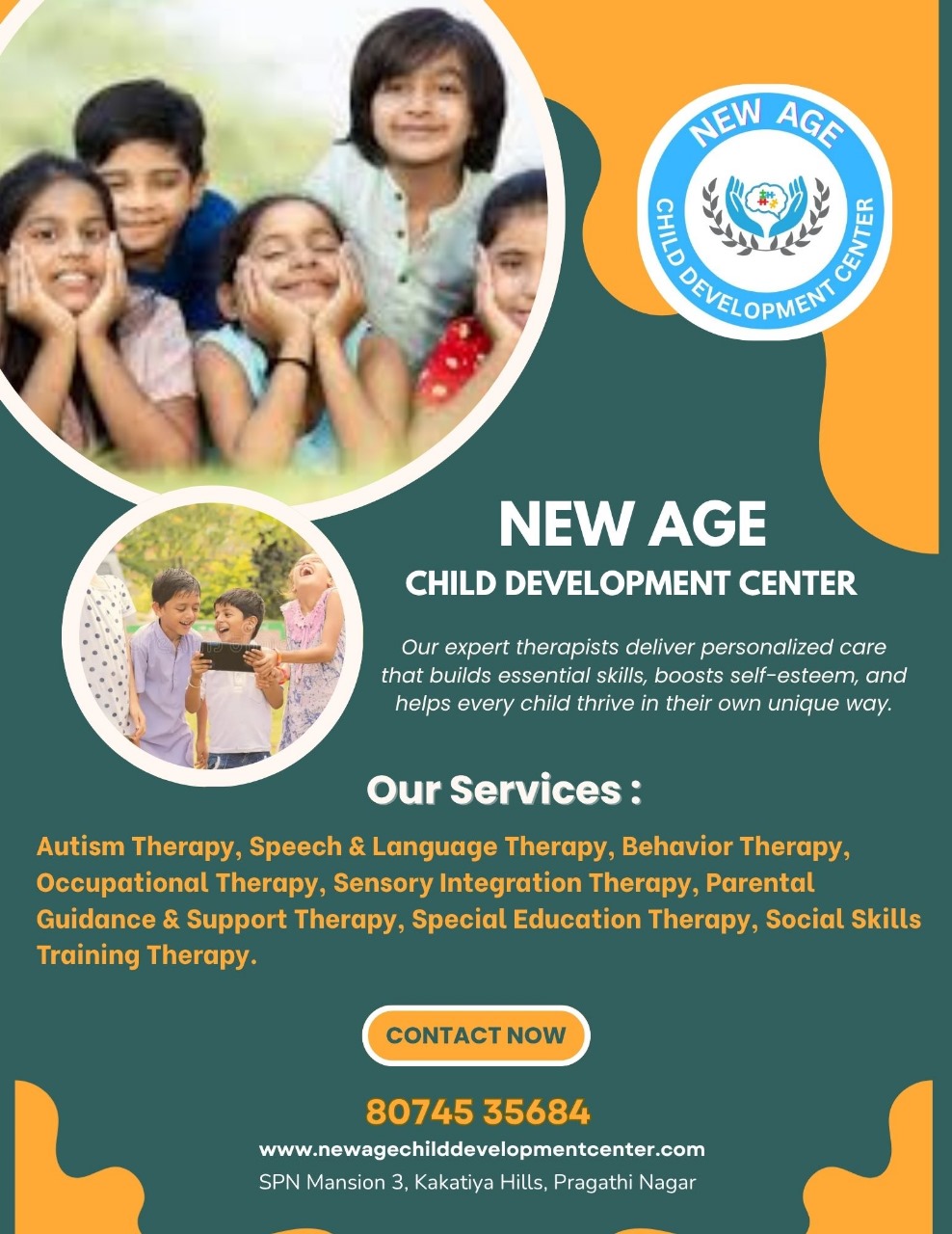Sensory Challenges Explained: A Parent’s Roadmap to Sensory-Friendly Living”
A parent-friendly guide to understanding sensory challenges in autism, with tips for creating a sensory-friendly home. Support available at New Age Child Development Center. Understanding sensory challenges is one of the most important steps for parents raising a child on the autism spectrum. Sensory processing difficulties can affect how a child responds to sounds, sights, touch, taste, movement, or even smell. These differences may lead to discomfort, overwhelm, or sensory-seeking behavior. A supportive environment can be created when parents learn to recognize needs and adapt daily routines. At New Age Child Development Center, families receive guidance that builds confidence and clarity.

Sensory challenges can be experienced in many forms. Some children may show sensory hypersensitivity, where bright lights or loud noises feel overwhelming. Others may show sensory hyposensitivity, seeking more input through spinning, jumping, or touching objects repeatedly. These responses are not “misbehavior,” but signals that the brain is processing information differently. Parents who understand this can respond with empathy and effective strategies. At New Age Child Development Center, sensory integration therapy is offered to support children in building tolerance, regulation, and comfort.
Sensory Challenges Explained
A sensory-friendly home environment can be created with simple changes. Soft lighting, predictable routines, and calm spaces can greatly reduce stress. Visual schedules are helpful in providing structure, especially for children who struggle with transitions. Weighted blankets or compression clothing may be used under professional guidance to improve body awareness. These tools are often recommended through personalized therapy plans designed by experts at New Age Child Development Center, ensuring that each child’s unique sensory needs are addressed.
Many parents find it helpful to observe sensory triggers in daily life. If a child dislikes brushing hair, tags on clothing, or crowded environments, these signs may indicate tactile sensitivity. If they enjoy jumping, crashing, or climbing, they may be seeking proprioceptive input. Understanding these patterns allows parents to create meaningful sensory activities at home. Some examples include deep-pressure hugs, swinging, sensory bins, and water play. These activities are widely used during therapy sessions at New Age Child Development Center, where progress is monitored and shared with families regularly.
Ultimately, supporting sensory needs is a journey that becomes easier with awareness and guidance. A peaceful, sensory-friendly lifestyle can be created when parents, therapists, and children work together as a team. With professional support available at New Age Child Development Center, located at SPN Mansion 3 Pragathi Nagar, Kakatiya Hills, ALEAP Circle, Pragathi Nagar, families can find hope and long-term solutions. Open Monday – Saturday: 9 AM – 7 PM, the center remains committed to helping every child grow with confidence and comfort.



